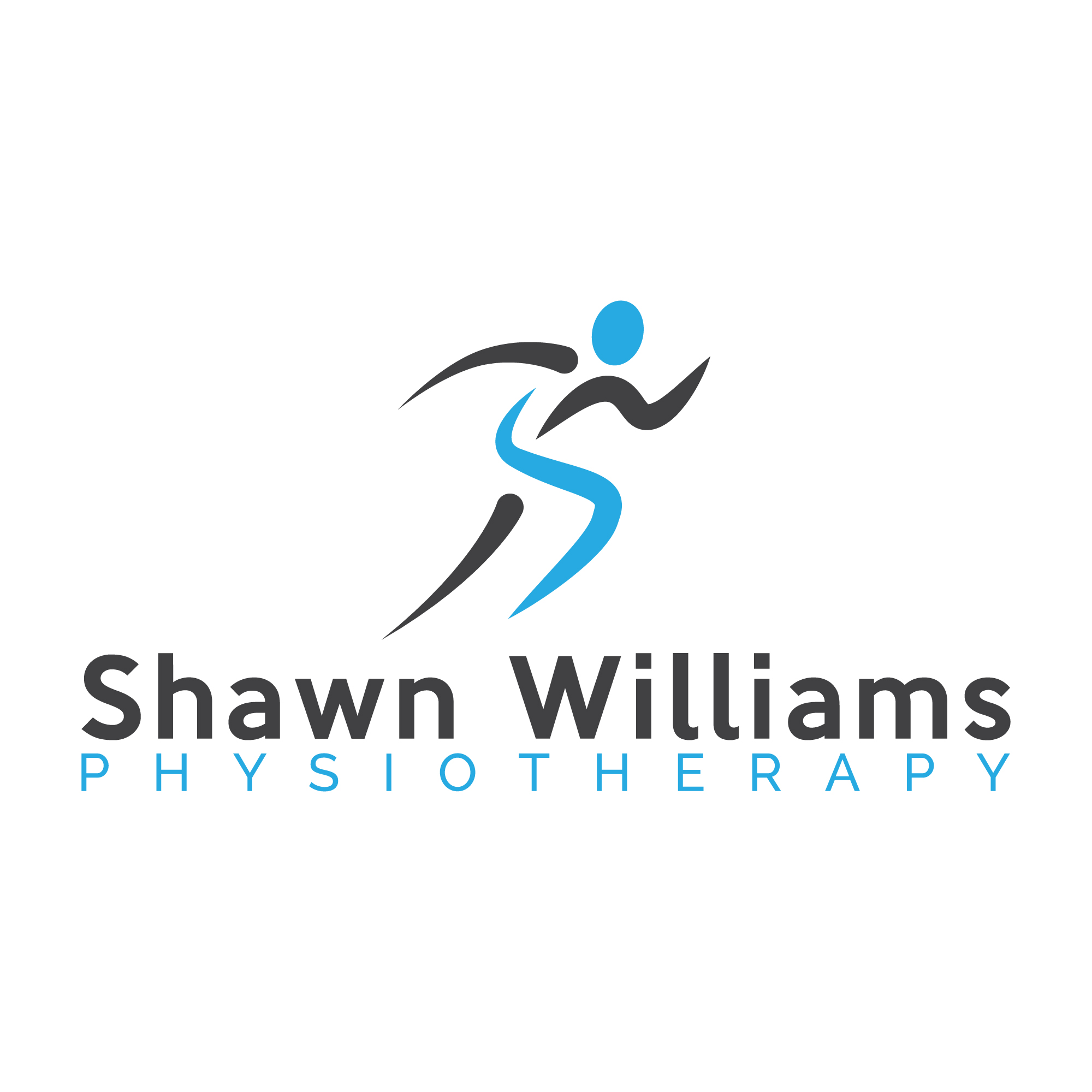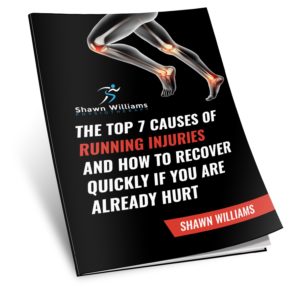If you are a runner do you know your running cadence? This is important to know if you are a runner because developing an optimal running cadence can be very important for preventing injuries and improving performance.
As the spring approaches many people in Toronto can hardly wait to get outdoors for a nice run along the Toronto waterfront. However, many runners may have not been running through the winter and head outside for some spring running only to find that their knee hurts after a few weeks. The spring and early summer tend to be the time of year that we see a sudden increase of runners calling Shawn Williams Physiotherapy for running injury advice. Slowly progressing into a running program is one of the most important ways to reduce the risk of running injuries. However, optimizing your running cadence is another strategy that can help to reduce the risk of injuries.
What is Running Cadence?
Running cadence is how many steps/minute you take when you run. When you improve your running cadence you reduce the load on the muscles and tendons and improve your biomechanics, thus reducing the risk of running injuries
Generally, the slower your cadence the longer your running stride, the higher the force on your body when your foot hits the ground. So you might be wondering how many steps should I ideally take in a minute to decrease the risk of foot pain, ankle pain, knee pain, hip pain, back pain and many other types of running injuries.
What is the ideal running cadence?
The optimal running cadence is around 180 steps/ minute. Some people’s is slightly slower and some slightly higher. As a running physio expert we generally work with runner’s to to find the ideal cadence between 170-190 steps / minute. Anything under 170 steps/minute tends to be associated with a higher increased risk of injury. About 180 steps/minute has also been shown in research to be the most oxygen efficient running cadence.
We use different assessment techniques to help runners find their optimal cadence. For some people it is easier to develop cadence than others and it can be done with little effort and cueing.
How can I improve my Running Cadence?
The first place to start would be to count how many steps you take in a minute during a regular 30 minute easy run. The easiest way to do this is count how many times one foot hits the ground in 30 seconds and then multiply by four. If you fall way below 180 steps per minute try focusing on taking slightly shorter quicker steps. A metronome set at 180 can be great for trying to cue this. If you are having lots of difficulty increasing above 170 steps it is possible your shoes could be making it difficult to run at a higher cadence. Generally, runners who run in a shoe closer to a zero drop( more flat) can more easily run at a higher cadence, due to less shoe biomechanical interference. It can take several weeks to improve your cadence and you have to frequently check every run to see if it is improving. If this is difficult for you don’t get frustrated as some people can find it very difficult to increase cadence.
Can a Physiotherapist help me with my running?
A physiotherapist that is an expert in running injuries can help you to optimize your cadence and biomechanics. If you have been getting injured regularly or have suffered a recent injury a proper running assessment which starts with detailed running history, running program review, mobility and strength assessment is a good place to start. Then a running analysis can be performed to see if your running cadence and form could be a factor which is influencing your injury. If you are currently injured it is important to look at all the factors which could be causing you pain and addressing them so that you can return to your regular running program. Failure to achieve a proper diagnosis, treatment plan and running plan could result in not being able to return to running without pain limiting you.
If you are in Toronto and have suffered a running injury Shawn has over 15 years experience of working with runners and would love to help you recover and achieve your running goals. If you are a runner who is interested in trying to change your cadence to help improve your running efficiency and decrease your risk of injury Shawn can do a running assessment and guide you on how to go about changing your cadence safely.



